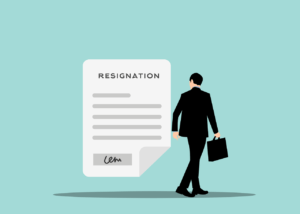Small business employee holiday bonuses have their advantages and disadvantages. As with most kinds of incentives, it creates different scenarios that small business owners should be aware of before introducing them. As any entrepreneur knows, there are upsides and downsides to just about everything. So, let’s take a quick look at the most common pros and cons of giving small business employee holiday bonuses.
Small Business Employee Holiday Bonus Cons
We’ll start with the disadvantages. First, it creates unrealistic expectations. For instance, if you have a stellar year and profits are high, it’s only natural to want to reward your people. But this sets up an expectation for the following year, even if it’s a very poor one. Also, bonuses sometimes fosters unhealthy competition. In other words, it will cause some employees to up their game substantially, even at the expense of their teammates. Also, one person might exceed expectations so much, his or her performance could cost you a hefty tax bill.
Your small business can’t operate successfully without the help of your employees, which is why it’s important to maintain a happy, focused workforce. Of course, giving your hardworking employees a bonus or raise can decrease turnover and boost staff morale, but these monetary rewards can easily take a toll on your business’s bottom line. —Intuit QuickBooks
Speaking of taxes, giving out bonuses creates new tax implications for your small business. Of course, that’s not your employees’ problem but it will certainly cause you to think twice. Lastly, another downside of bonuses –specifically performance-based models — is the fact it might marginalize and/or demoralize those who aren’t eligible or simply do not perform as well as top producers.
Small Business Employee Holiday Bonus Pros
Now, let’s look at the benefits of giving small business employees holiday bonuses.
- Bonuses incentivize employees. On the flip side, overall employee performance will notably increase — probably enough to substantially benefit the company’s bottom line. Of course, that’s a terrific win-win scenario and one you’ll definitely strive to repeat as many times as possible.
- Bonuses help retain key staff. Bonuses are also a great retention tool, particularly for performance-based models. It helps to give employees more control over their earnings and hence, take ownership in the company. Plus, that extra earning power reiterates the fundamental attractiveness of the company itself.
- Bonuses instill responsibility. Bonuses are a powerful motivator, so much, individuals will likely take on more responsibility, even to the point of tackling tasks not in their job descriptions. For instance, a salesperson who personally picks up and delivers one or more orders when other team members are struggling to keep up or falling behind.
What other pros and cons about giving employee bonuses would you add? Please share your thoughts and experiences by commenting!
Interested in learning more about business? Then just visit Waters Business Consulting Group.




